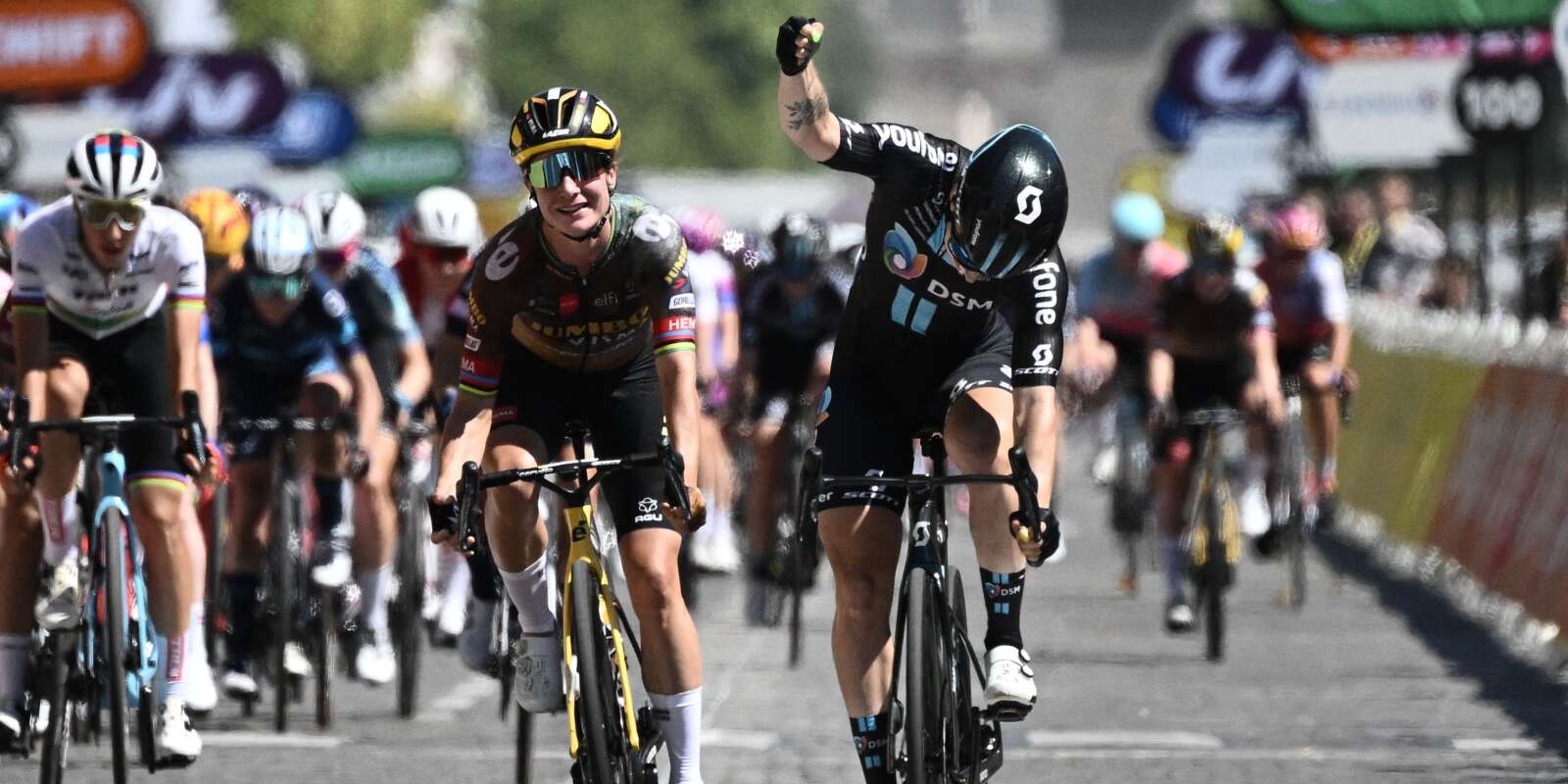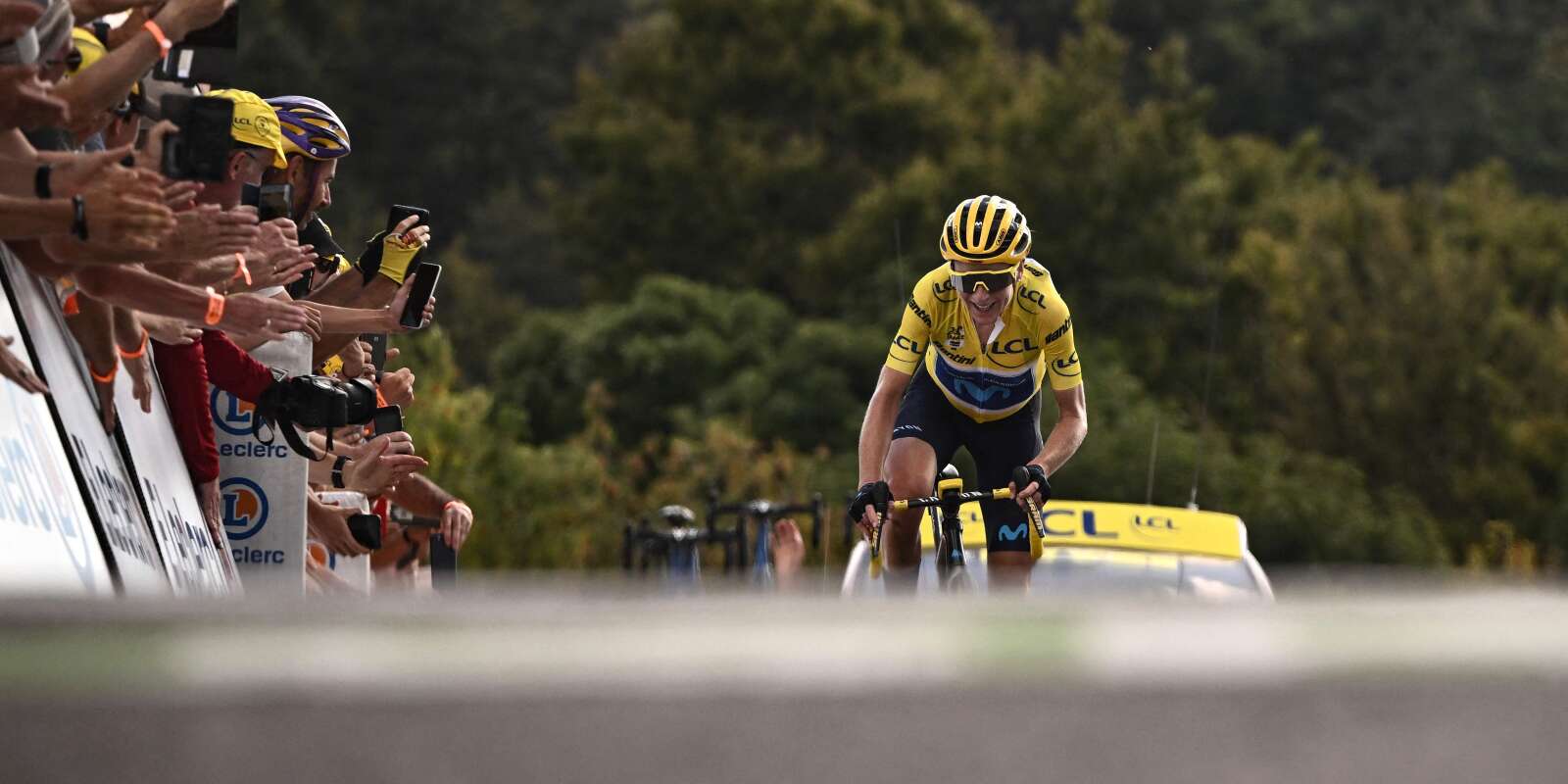At the end of a spectacular week on the roads of the first Tour de France Women in history, it is time to learn the first lessons from this brand new event in the calendar of the riders of the international peloton.
To start, the course chosen for this first edition, almost entirely in the East, could raise questions following the very recent passage of men in this region, thus abandoning the West or the Massif Central. Still, we could qualify this course as homogeneous, between plain, valley and mountain, which could suggest that he would have a show.
The location of the first battle for the yellow tunic was iconic, since the organization had chosen Paris and the Champs-Elysées as the scene of the first arrival. Then the runners had to face some rough stages, like the one arriving in Épernay, or the one in the vineyard paths leading to Bar-sur-Aube. But to end this week on a high note, the climbers have also been able to find a playground that is favorable to them during the two key stages of this Tour leading to the summits of the Markstein and the Super Planche des Belles Filles, supposed to make the law for the general classification.
A great week of racing
To talk about the race itself, it started with a magnificent sprint on the Champs-Elysées, crowning the young Dutch Lorena Wiebes who then made history by winning the first yellow jersey in the history of the women's Tour de France. The next day, the stage leading the riders to Provins was marked by the violent fall of Marta Cavalli, leader of FDJ Suez-Futuroscope training, forced to quit. At the end of this step, it's another dutch girl (less young this time) who prevailed, in the person of the very experienced Marianne Vos, recovering the yellow jersey in passing. A yellow jersey that she will keep the next day in Épernay thanks to a second place behind the Danish Cecilie Ludwig.

We then wondered who could beat the sprinters and the big names in the peloton on this kind of stage.. Marlen Reusser had the answer on stage four, eagerly awaited for its passages in the unpaved vineyard paths. By attacking about twenty kilometers from the finish and taking advantage of a marking between the favorites, the Swiss went to raise her arms alone in Bar-sur-Aube.

However, this scenario did not happen again since on the next two stages, the Dutch Lorena Wiebes and Marianne Vos once again demonstrated their power in the bunch sprints.
After six days of fierce struggle for stage victories, it was the turn of the general classification to be decided during the last two stages, in the mountains. However, the suspense around the general did not last long as Annemiek Van Vleuten flew over these two stages, by winning solo one after the other and thus winning the first Tour de France Women in history, after winning the Giro d'Italia.

otherwise, this women's Tour de France will have been an opportunity to see the strength and talent of Dutch women's cycling. Indeed, the dutch grabbed 6 stage victories and brought home the yellow jerseys, vert, white and polka dots via Annemiek Van Vleuten, Lorena Wiebes, Demi Vollering et Shirin Van Anrooij. This dominance, visible in women for many years already can be explained by many reasons: first of all, like Denmark, it is a country that has the culture and the love of cycling in it. Furthermore, from the youngest age, the journeys are made by bike and the working method for professionals is more suited to being able to perform at the highest level.
French side, we can retain the magnificent 4e place in the general classification of Juliette Labous, but also the attempts of Marie Le Net, Avoid Music, Victoire Berteau or the French champion Audrey Cordon-Ragot, who all animated the race in front of their public.
An audience that responded
In addition, even if women's cycling is not as followed as men's cycling, the public was present en masse on the side of the roads to encourage the runners, but also in front of their screen since the audiences for this Tour de France Women were very good. According to statistics from France TV Presse, when arriving at the Super Planche des Belles Filles, more 3 million viewers were in front of their screens to follow the outcome of the Tour de France, even with a peak in audience 5,1 million viewers at the finish of this stage. This enthusiasm is a very good omen for the future of women's cycling in the world but also in France, since we can imagine that this race has made many young girls want to take up cycling..
Contrasting opinions on this race
However, there were and still are contrasting opinions on the appearance of such a major race in the women's peloton. And the few major crashes that took place during the first days of the race will have made people talk a lot. (too) many people who criticized at the slightest opportunity (see below) these runners who nevertheless showed impressive courage despite the falls and the difficulty of this event.


So, Marion Rousse, race director can therefore congratulate herself for this extremely positive first edition despite some criticism and congratulate all the people who contributed to this week-long show. From now on, we just have to wait until next year to see the women's peloton again on the roads of the Tour de France.

1 comment
Super article, well written and summarized !